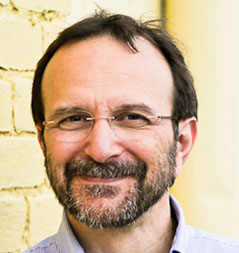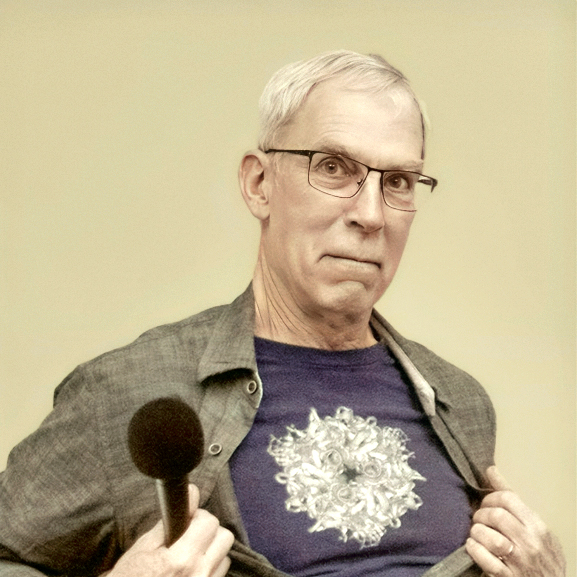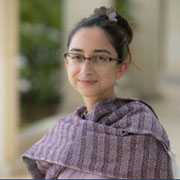From the Karolinska Institute in Stockholm, Vincent speaks with Niklas Björkström, Ali Mirazimi, and Matti Sällberg about their work on the impact of chronic hepatitis C virus infection on NK cells, Crimean-Congo hemorrhagic fever virus vaccines, and immunotherapy to block entry of hepatitis B and D viruses.
Team TWiV reveals DNA polymerases that do not require a primer, and packaging of hepatitis delta virus by the envelope glycoproteins of diverse viruses.
The TWiVosophers review the Chinese plasma virome revealed by non-invasive prenatal testing, and a new filovirus genome from bats in China.
From the 13th International Symposium on dsRNA viruses in Belgium, Vincent speaks with Harry Greenberg about his career and his work on rotaviruses, noroviruses, hepatitis B virus, and influenza virus.
Nels joins the TWiV team to talk about his work on genomic accordions in vaccinia virus, hepatitis B virus in a 439 year old mummy, and viral induction of energy synthesis by a long noncoding RNA.
From Indiana University, Vincent and Kathy speak with Tuli Mukhopadhyay, John Patton, and Adam Zlotnick about their careers and their work on alphaviruses, hepatitis B virus, and rotaviruses.
In the first of two shows recorded at the University of North Carolina in Chapel Hill, Vincent meets up with faculty members to talk about how they got started in science, their research on DNA viruses, and what they would be doing if they were not scientists.
Vincent and Rich recorded this episode before an audience at the 2nd Li Ka Shing Institute of Virology Symposium at the University of Alberta, where they spoke with Dave, Stan, and Lorne about their work on poxvirus vaccines and recombination, an enveloped picornavirus, antivirals against hepatitis B and C viruses, and supporting virology research in Alberta.
In their final episode of the year, the TWiV team reviews twelve cool virology stories from 2012.
The complete TWiV team reviews identification of the cell receptor for hepatitis B and D viruses, and the cell enzyme that cleaves the genome-linked protein from picornaviral RNA.








